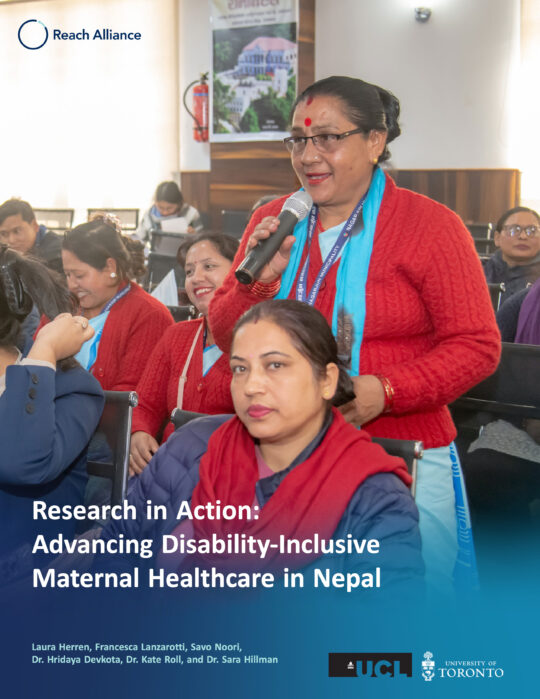Over the past couple of days, some of us, including me, have spent most of our time at the Ministry of Public Health (MoPH) campus where various Thai government departments and agencies are located. We have had the opportunity to meet with and interview several key health policymakers and researchers. It goes without saying that we’ve learned a lot. Data and stats can only tell you so much; hearing about how policymakers process that data is revealing.
Yesterday we interviewed a very prominent health policy researcher at the MoPH, and the focus of our conversation was Thailand’s remarkable reduction in the rate of mother-to-child-transmission of HIV. In 1994 the MTCT rate in Thailand was 24%. In 2016, the rate was less than 2%, marking Thailand’s achievement of the WHO gold standard in containing vertical transmission of HIV.
During our chat, our colleague from Thailand started to do some “back-of-the-napkin” calculations.
We know HIV prevalence rates. We know ANC rates. We know the MTCT rate. We know the pregnancy rate. We know testing rates. And given what we know – and here our colleague was scratching some simple arithmetic on the back of his notebook – we know that there 3850 HIV+ pregnant women in Thailand at the moment.
Not “about 4000.” Not “over 3000.” Rather, 3850 [turns out the official data basically confirms this number].
In the 1990s, we talked about the MTCT crisis in Thailand in terms of percentages. In 2017, we’re describing HIV+ pregnant women in Thailand with actual numbers. As our colleague from Thailand put it: “We know exactly how many there are, and we can find them.”
This conversation struck me as significant for several reasons. Most important, that we were no longer talking about MTCT in Thailand in terms of percentage points for an entire population but rather actual numbers reflects the extraordinary success of Thailand’s efforts to reduce MTCT. To be sure, as we were told, the goal is no longer to reduce MTCT rates by percentage points but rather about treating specific numbers of women to eliminate MTCT. This is amazing.
It also points to the fact that when it comes to eliminating MTCT, Thailand is currently confronted with the problem of addressing the “last mile.” New interventions are needed. Programs designed to reduce numbers of MTCT across large swathes of the national population are likely going to be less effective when it comes to treating specific women. Interventions need to be precise. We learned, for example, about efforts to implement a new real-time case management monitoring system to ensure that individual women, and not percentages of HIV+ pregnant women, are effectively treated. Interventions need to be tailored to specific individuals, to their circumstances.
Eliminating MTCT of HIV in Thailand is no longer about bringing MTCT rates down from 2% to 0%, but rather about treating 3850 individual women. The game has changed.
By Professor Joseph Wong
